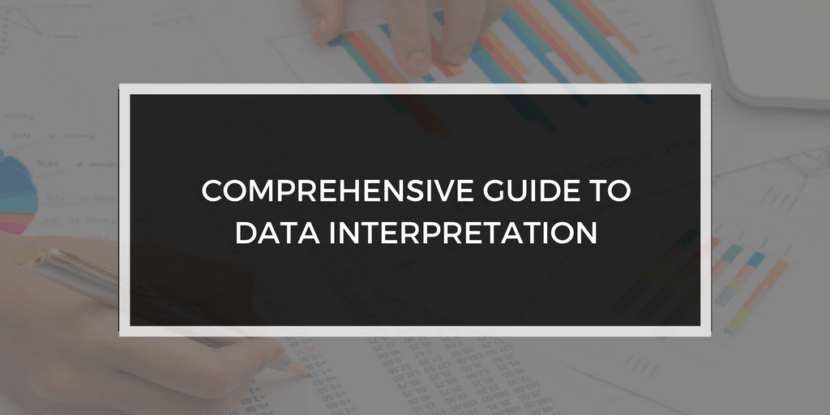Data Interpretation in the GRE can take up approximately 15 to 20 % of questions. That would be approximately 6 to 8 questions, not counting the experimental section.
What is tested in Data Interpretation?
What is tested in Data Interpretation can be split into two broad buckets:
• Charts
• Statistics and Counting methods
I) Charts
In the GRE, data interpretation questions (Charts) typically come between questions 11and 18, and the questions would contain Bar Charts, Line graphs, Pie charts, Box Plot graphs, Normal curve, etc.
A single chart may have three to four questions, where each question could be of a different question type (Numerical entry, MCQ and multiple answers type.)
Plan these questions wisely, because these questions tend to take more time and if this is the hard section, it would be tricky. Plan these questions towards the end of each math section, complete the rest of the questions and then come back to these at the end.
If you are a good test taker, you should have around ten to twelve minutes to solve chart questions.
II) Descriptive Statistics and Counting methods
Many GRE test takers don’t know the importance of this topic. It is actually very important and one can expect approximately three to five questions from this topic.
The questions will be based on Mean, Median and Mode, Range, Standard Deviation, Sets, Probability, Permutation and Combination.
Descriptive Statistics questions test your skills at:
• Basic Operations using Average
• How to calculate average for an evenly spaced set
• Comparing the Standard Deviation of two sets
• Finding the range
• Max and Min possible value in a set, given the average of the set
Counting methods and Probability test your skills at:
• Mutually and Non – mutually exclusive sets
• Finding the total number of arrangements (with or without restrictions)
• Finding the total number of selections (with or without restrictions)
• Arrangement of Numbers and words
• Probabilities of Complex events
Sample question
A set of nine different integers has a range of 35 and a median of 25. What is the greatest possible integer that could be in the set?
1. 55
2. 56
3. 57
4. 60
5. Cannot be determined
Explanation
Given:
A set of nine different integers have a range of 35 and a median of 25.
Question: What is the greatest possible integer that could be in the set?
As the integers are different integers, we can say that they are tightly bound because we are trying to find the greatest possible integer. To find the greatest possible integer, we have to keep the smallest possible integer as the maximum value.
Let the smallest integer be X. The greatest integer will be X + 35. Maximizing X + 35 means maximizing X.
X, X +1, X+2, X+3, X+4, X+5, X+6, X+7, X+8
Median is 25, hence X + 4 = 25 and X = 21
So the integers are:
21, 22, 23, 24, 25, 26, 27, 28, 29
As range is 35, the set will become:
21, 22, 23, 24, 25, 26, 27, 28, 56.
Hence the largest integer is 56. So the answer is B.

